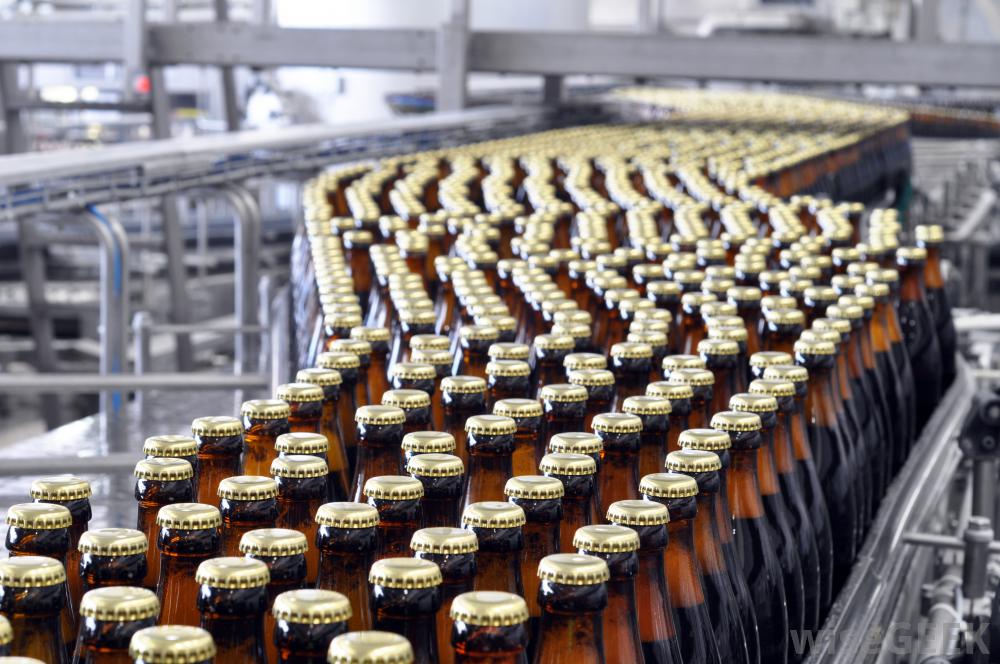Recent years have seen a surge in the sales of non-alcoholic malt beverages, due mainly to improved taste and wider choice of flavors as well as the growing health concerns associated with sugary drinks.
The Middle East now accounts for almost a third of the worldwide sales by volume of non-alcoholic malt beverages. In 2012 Iranians drank nearly four times as much of it as they did in 2007.
But the high demand for non-alcoholic drink is not restricted to Muslim-majority countries where alcohol is banned. Many western countries have also experienced a boom in sales of non-alcoholic drinks in recent years, the Persian newspaper Ta’adol reported.
Research by London-based market research firm Mintel found that consumption of such beverages—prepared by fermenting a mixture of wort, hops and yeast—is increasing, specifically among young adults.
Worldwide, 2.2 billion liters of non-alcoholic malt beverages were consumed in 2012, indicating an increase of 80% compared to five years earlier.
Amin Alkhatib, a research analyst at Euromonitor, estimated that the market size for non-alcoholic malt beverages in the Middle East is 680 million liters, where the major markets are Iran, Saudi Arabia, Egypt, the UAE, Bahrain, Oman and Qatar.
While the size of non-alcoholic malt beverages market in Iran is still relatively small compared with the carbonated drink market, it is expected to take up a bigger share of the market in the coming years.
Euromonitor forecasts annual growth rate of 10% over the next five years, expecting the negative publicity about carbonates to push consumers to purchase malt drinks.
Iran’s per capita consumption of non-alcoholic malt beverages is currently about one—18th or 5.5% of the world’s average of 90 liters, as noted by head of the Iranian Association of Non-Alcoholic Malt Beverage Producers, Hamidreza Alavi.
“Currently, the consumption of non-alcoholic malt beverages in Iran is about 5 liters per capita per year, compared with 22 liters for carbonated drinks. But considering the annual growth rate, consumption is expected to reach 10 liters per capita by 2021,” said Alavi.
The non-alcoholic malt beverage was first produced in Iran in 1967. But it was only in the past decade that a surge in consumption was seen, particularly among the younger generations, after domestic manufacturers changed the perception of bitter non-alcoholic drinks by introducing a wide range of flavors, from lemon to coffee. The drink has also gained a reputation for its health benefits, unlike carbonates.
A strong distribution network has also helped manufacturers expand their customer base both in Iran and internationally.
While precise data is not available on the volume of exports, according to Alavi, as many as 33 domestic companies are active in non-alcoholic malt drink production.
“Two large Iranian companies account for the majority of exports to Europe, Asia and Africa while smaller companies export to neighboring countries such as Afghanistan,” said Alavi.
Iranian products face competition from imported brands such as Bavaria, Holsten and Barbican. While the imported products rub the Iranian companies off some of their customers, they also benefit domestic manufacturers by keeping the prices high.
Iranian companies hope to witness increased demand in the Middle East as more Muslim-majority countries approve of drinking the alcohol-free beverage. And consumers may gain from increasing demand, too. With more brands entering the market, the variety and quality can be expected to improve over time.


